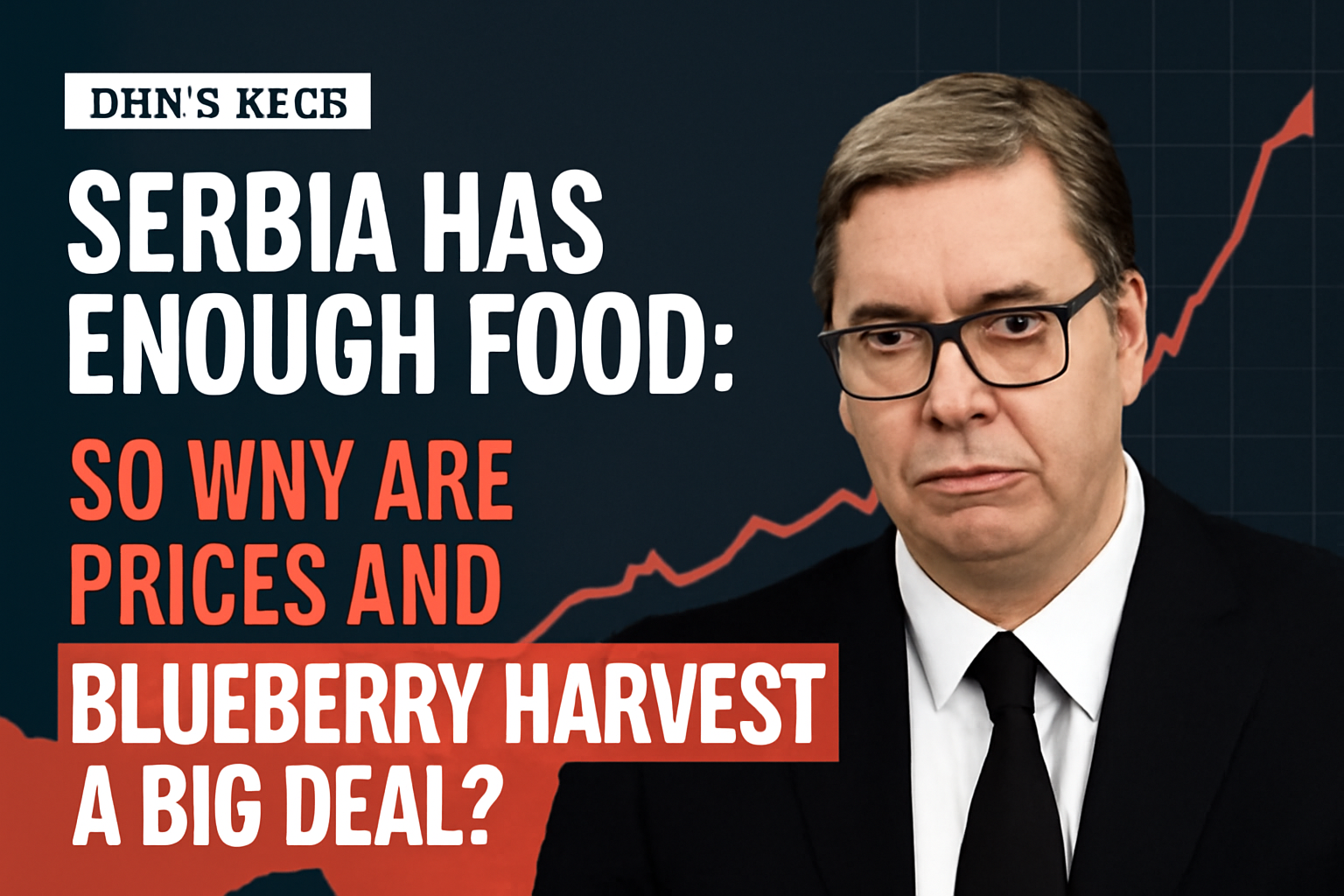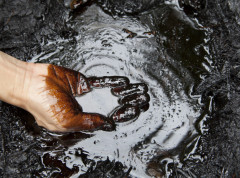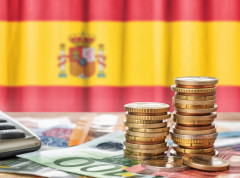Serbia boasts food surpluses and stable prices for strategic products like wheat and corn, but the blueberry harvest in Srem reveals the dark side of agriculture — low purchase prices that don’t even cover production costs. Dragan Glamočić from the Agricultural Institute says we shouldn’t expect big price jumps because Serbia has enough land and developed irrigation systems, with plans to add another 20,000 hectares by year-end. Yet, while the situation with strategic grains seems stable, fruit growers and blueberry pickers in Srem complain about prices as low as 200 dinars per kilogram, below production costs. Seasonal workers, students, and unemployed people picking blueberries earn daily wages of 2,000 to 3,000 dinars, working from 5 a.m. to 1 p.m., but producers warn that purchase prices don’t keep up with investments in labor, packaging, and irrigation. While Serbia prides itself as a food-exporting country with a stable market, on the ground, fruit growers struggle with oversupply and weak demand, leading to freezing products or waiting for better prices. This contradiction between official statements and reality casts a shadow over the agricultural sector and raises questions about the sustainability of production and fairness for workers and producers. If you think food prices in Serbia are just fine, maybe it’s time to think again. What do you think about this battle between stability and reality? Share your thoughts — maybe together we’ll find a solution or at least a good joke about blueberry prices!
Serbia Has Enough Food: So Why Are Prices and Blueberry Harvest a Big Deal?









